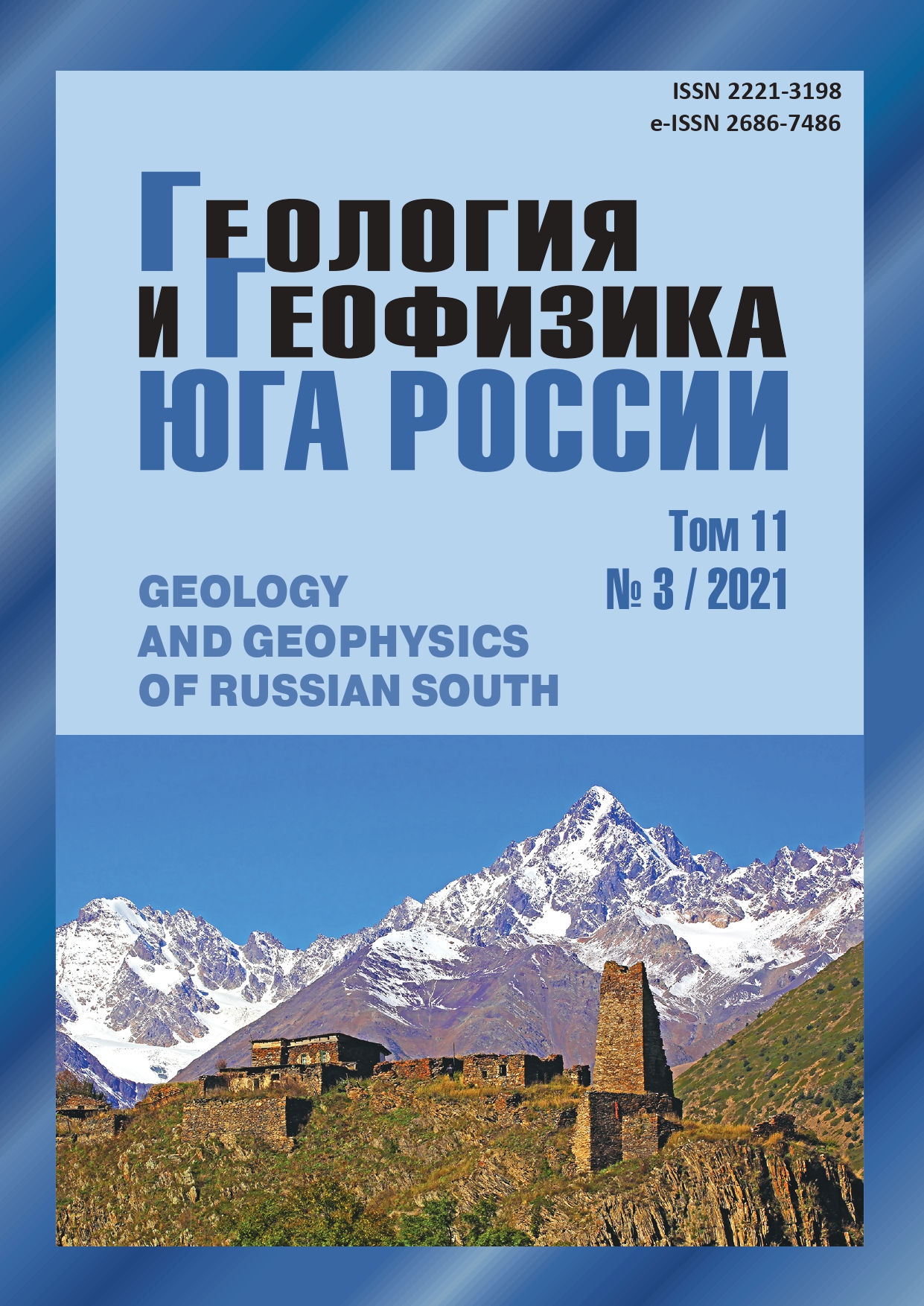Mechanical and mathematical modeling of seismic shear vibrations of a glacial massif
Abstract
Relevance. Theoretical studies of seismic oscillations of the glacial massif are an urgent task in the field of engineering seismology and glaciology. This statement is confirmed if we recall the case of the sudden catastrophic collapse of the Kolka glacier in 2002, which claimed the lives of 125 human lives. Aim. Conducting a mechanical and mathematical simulation of the oscillatory process in a glacial massif, when the oscillation is triggered by a harmonic seismic wave that has fallen on the underlying surface of the frozen massif. Formulation and solution of the initial boundary value problem for calculating stresses and deformations in a glacial massif. Methods. The compiled model represents an initial boundary value problem of mathematical physics for a hyperbolic differential equation, in which one coefficient is a complex quantity called the complex shift modulus according to the hypothesis of E. S. Sorokin, and the other coefficient is a variable value depending on the spatial coordinate. These two special factors create difficulties in the analytical way of solving initialboundary value problems. In the present paper, we find a way to solve the problem in the special case – with an exponential dependence of the variable coefficient on the spatial coordinate. Results. A set of calculation formulas for calculating stresses and deformations in the glacial massif is obtained. It is proved that a low-point seismic near-resonant wave can break off the glacial massif from the underlying freezing surface, which will lead to the formation of a glacial mudflow.


